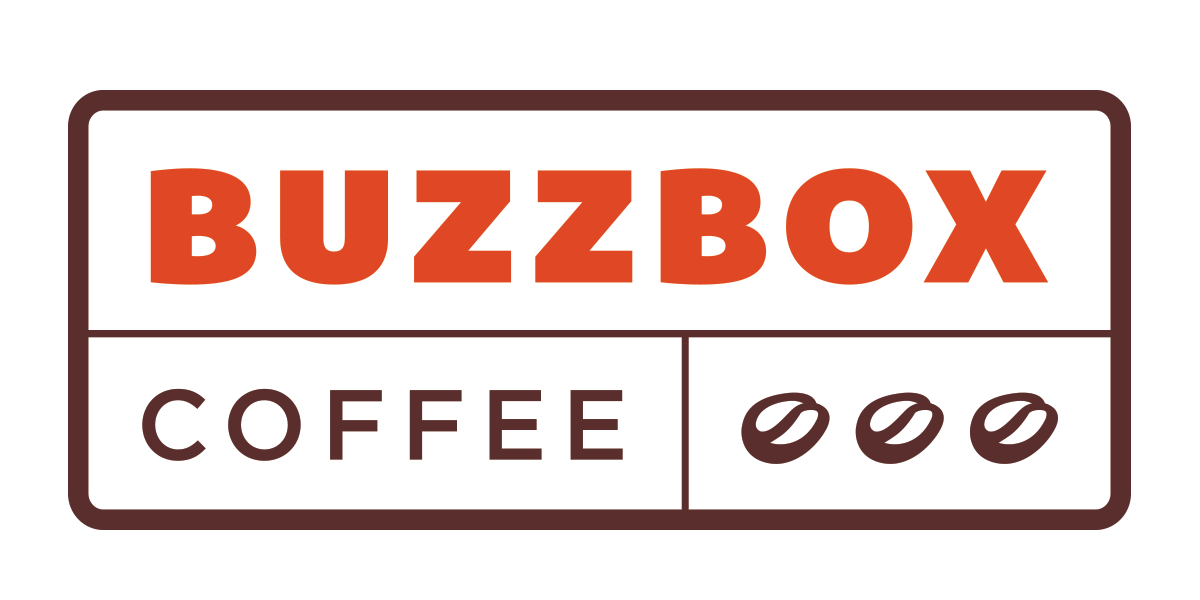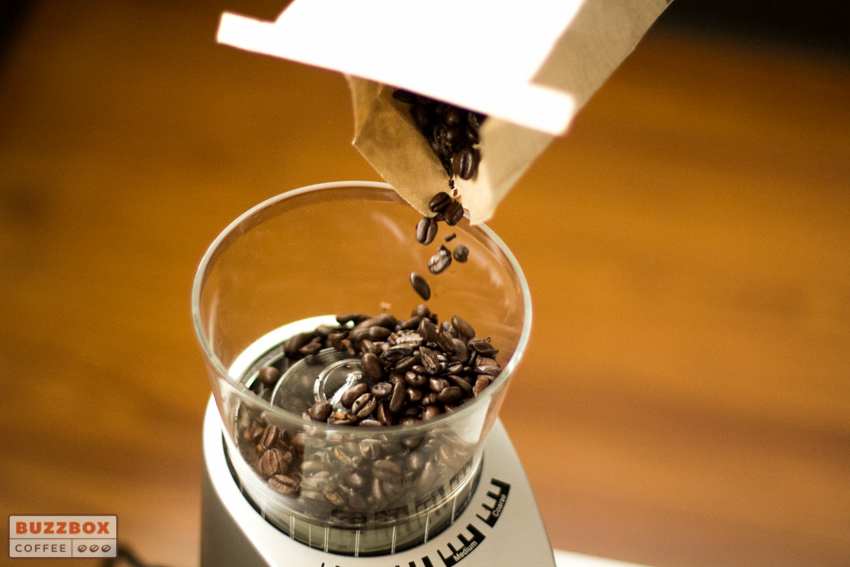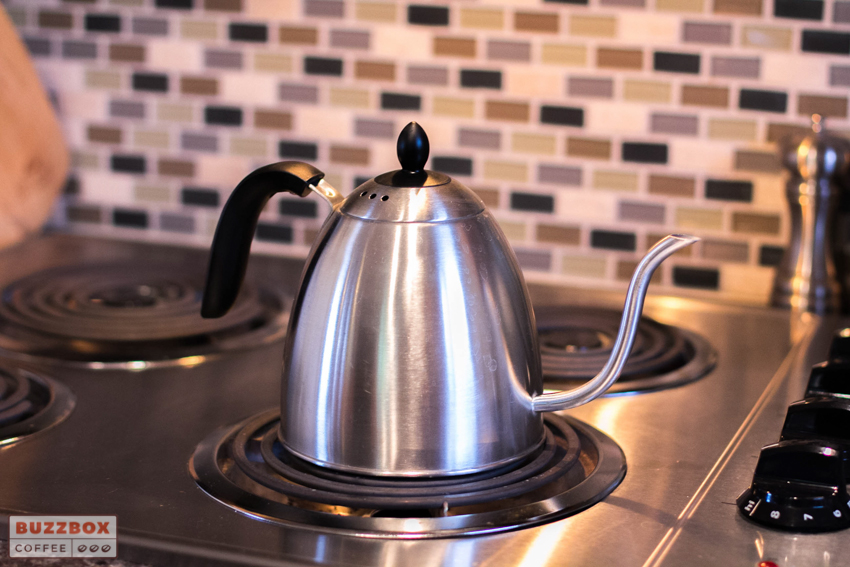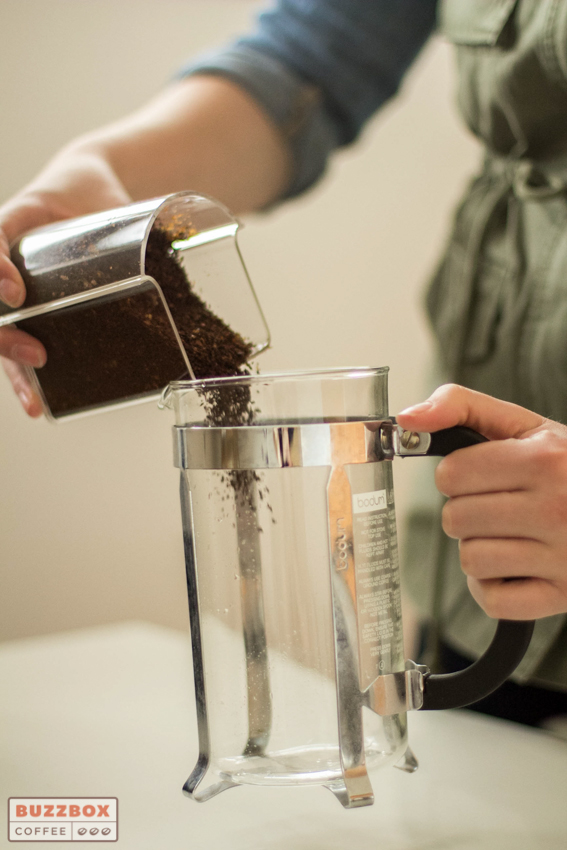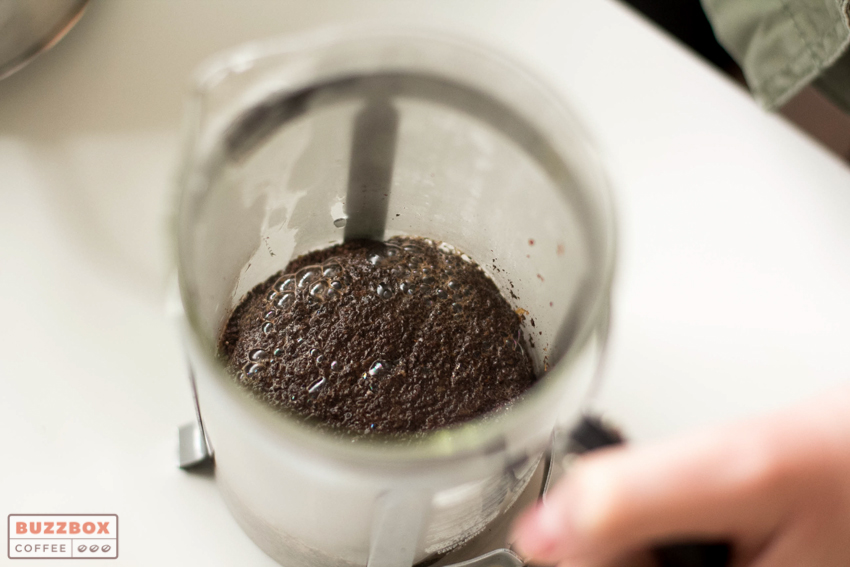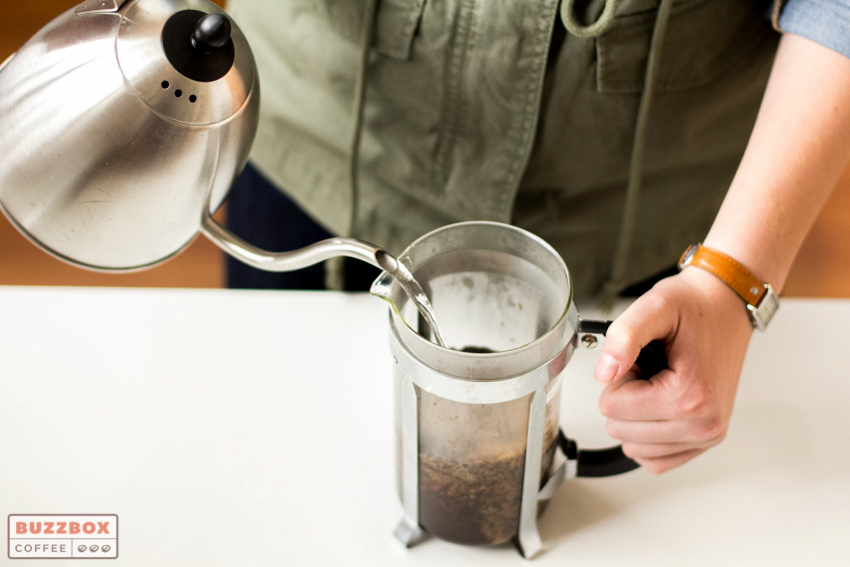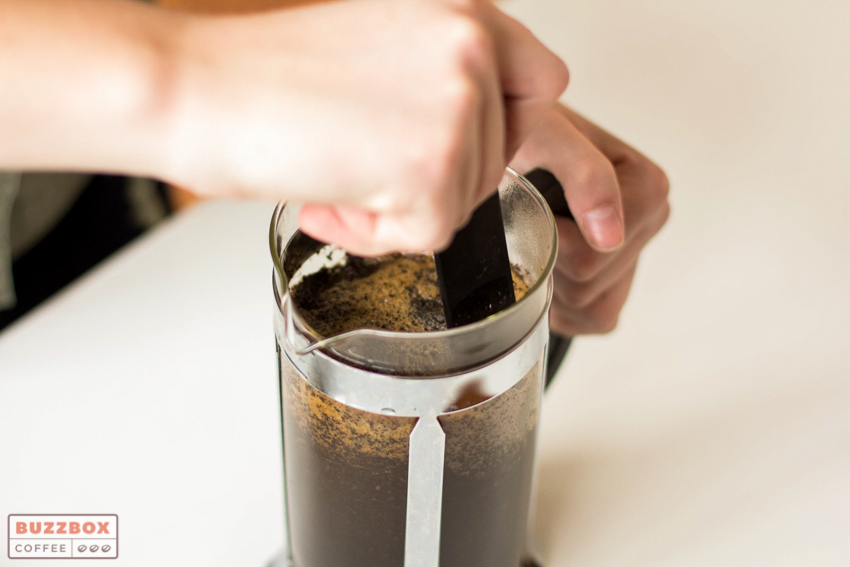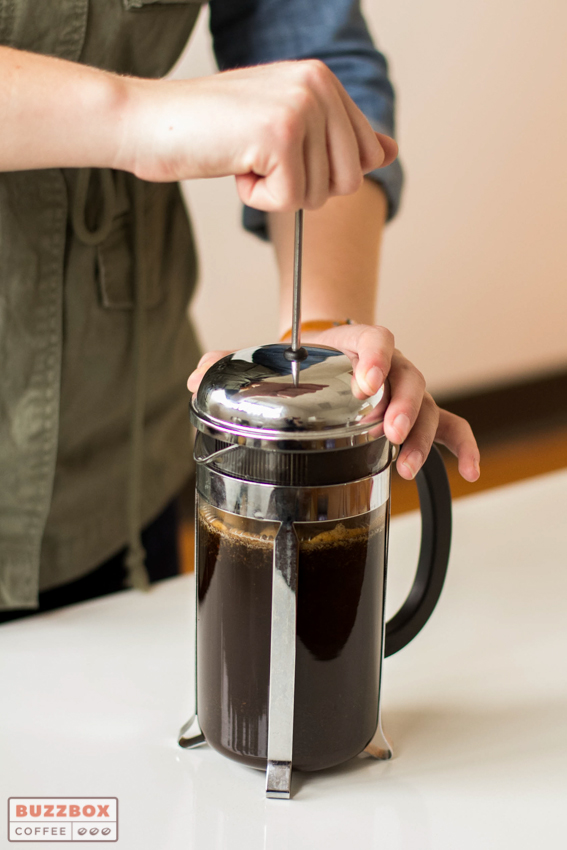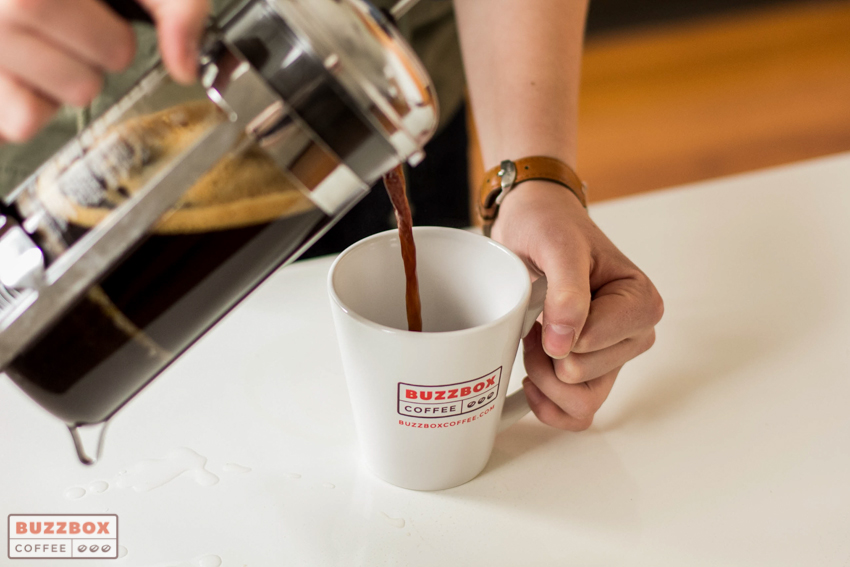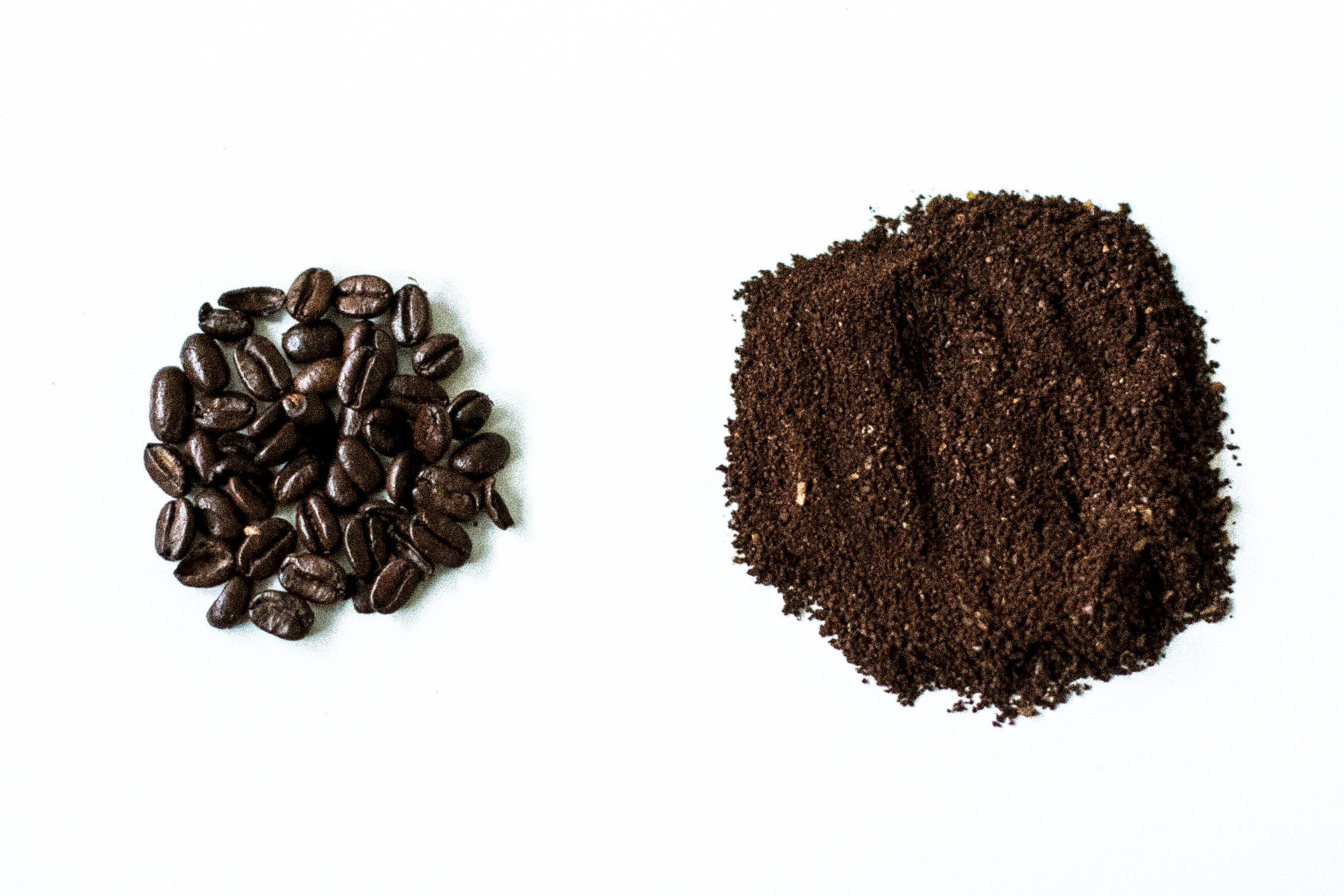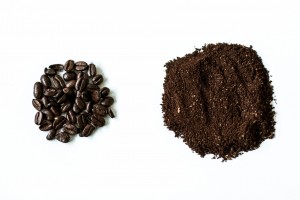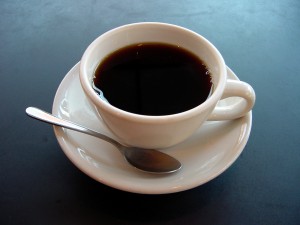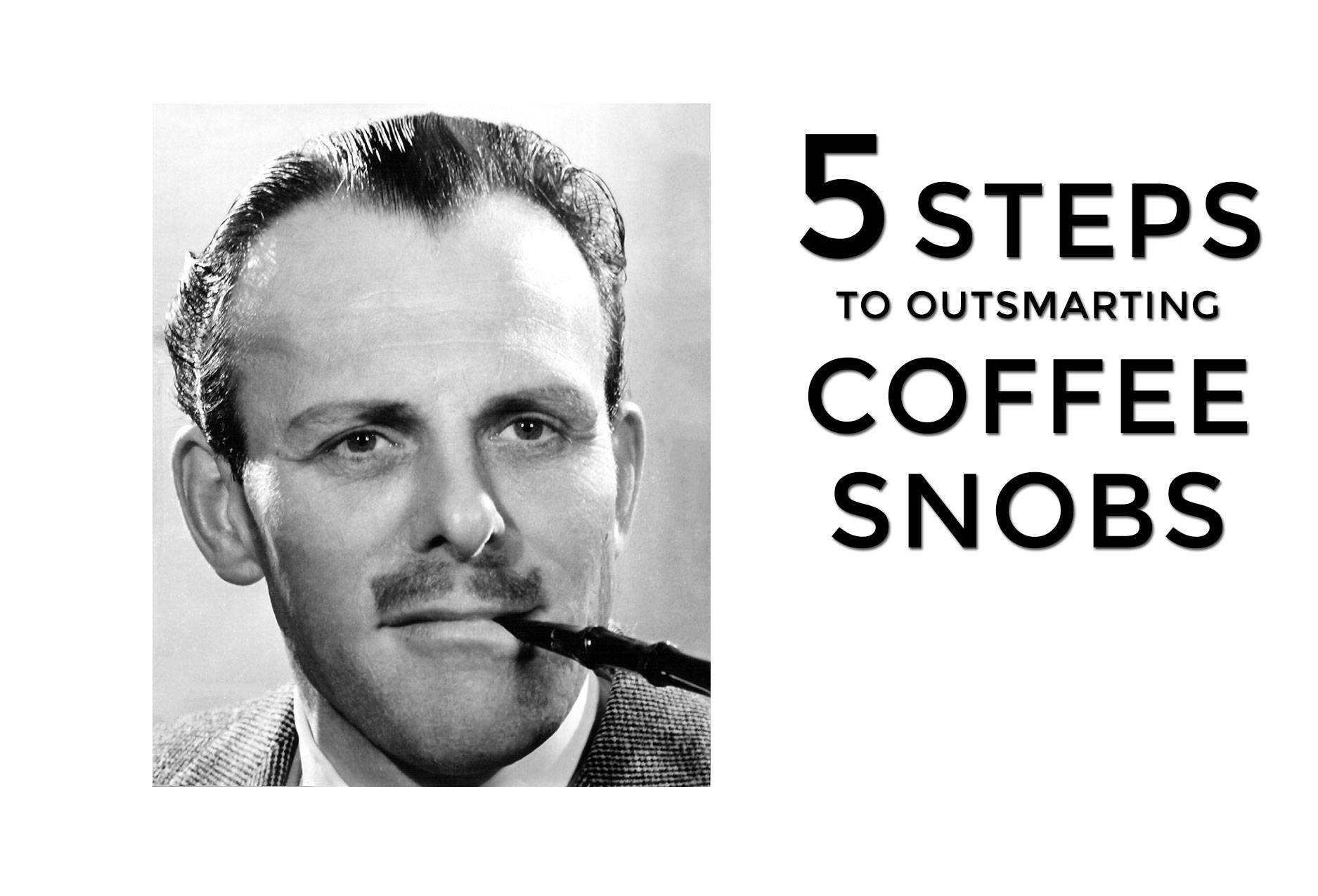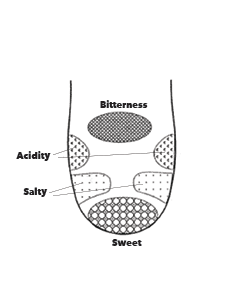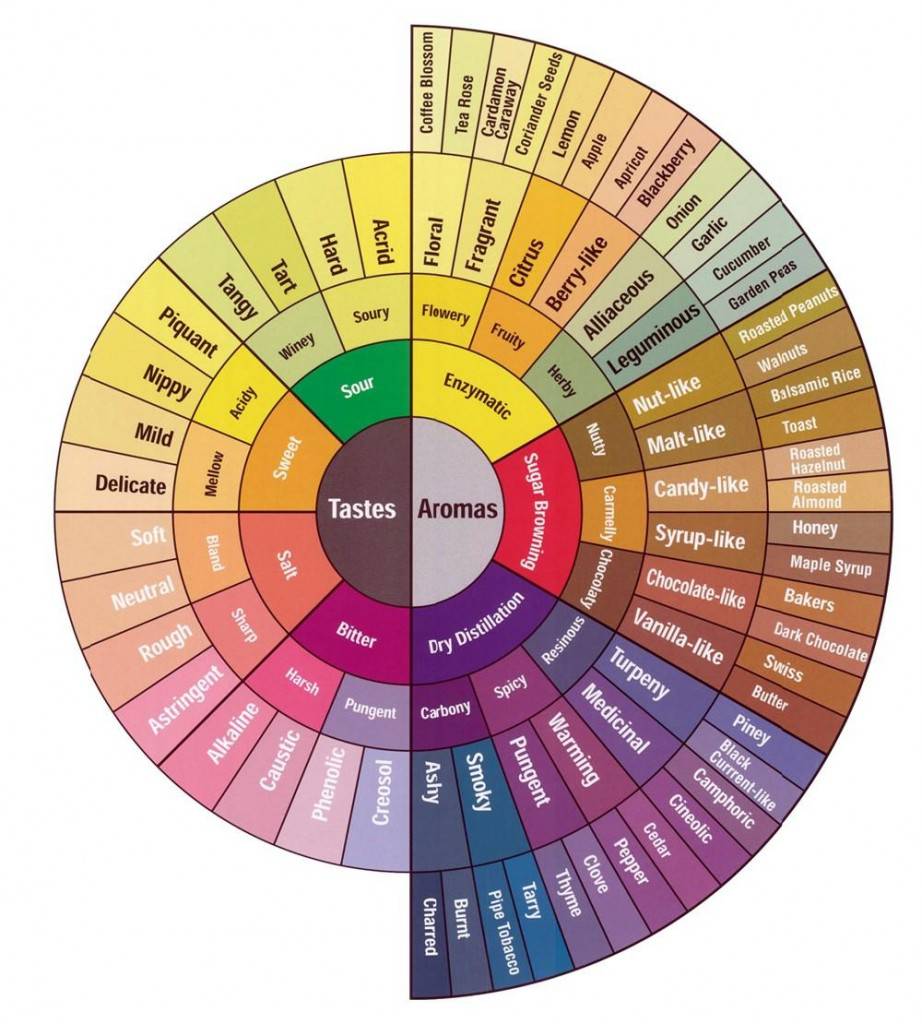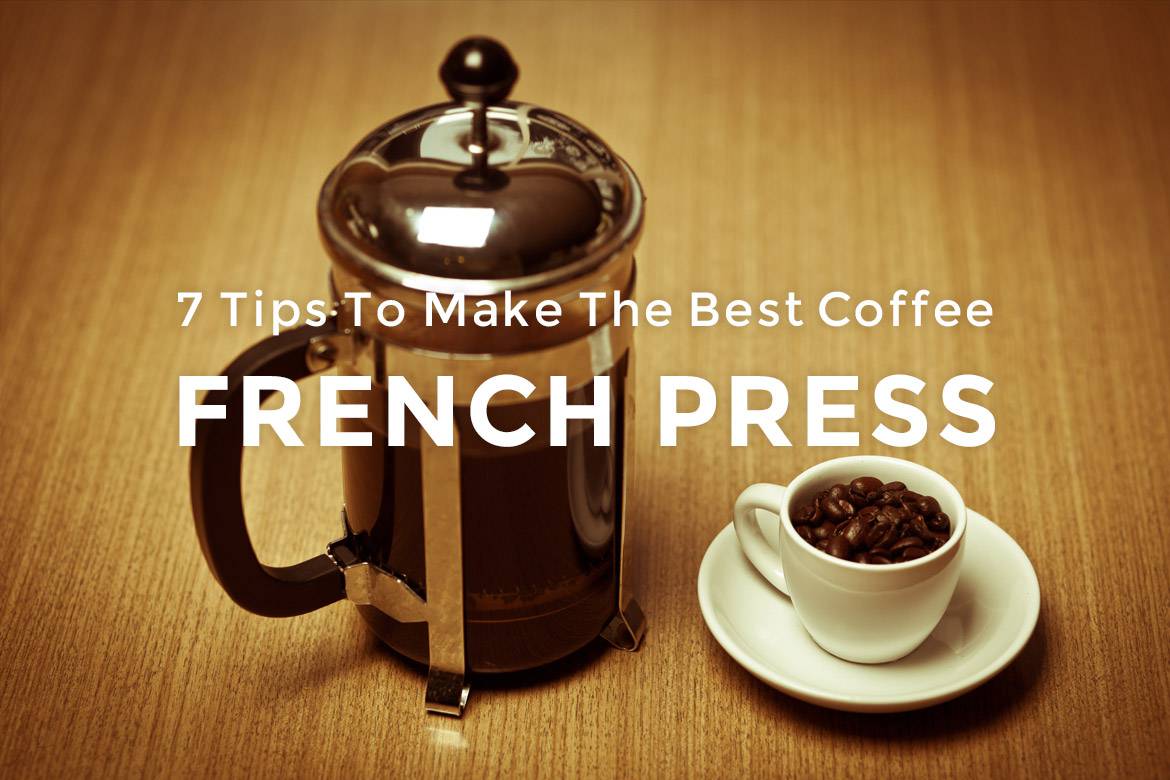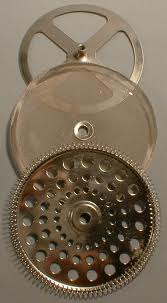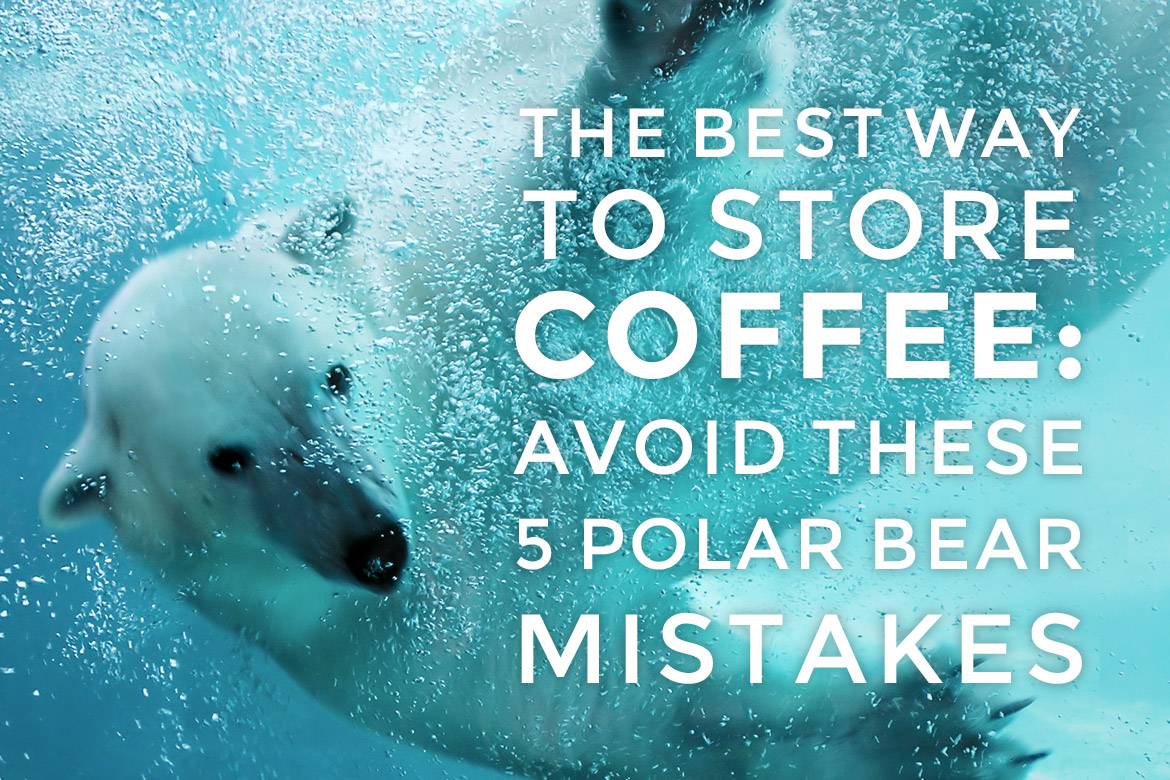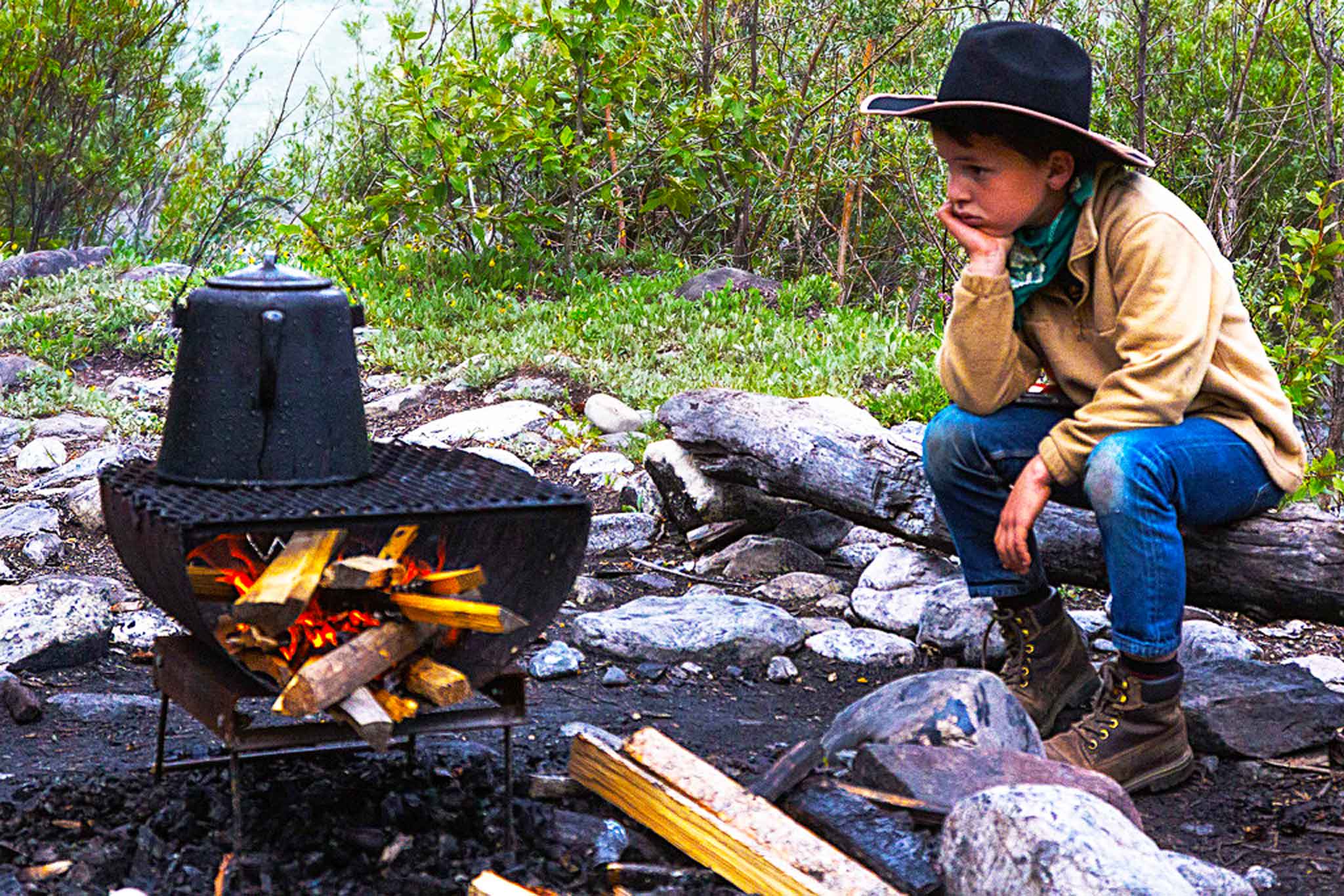

Getting the best coffee grind for your morning brew is easy when you know your options. Here is a really fast breakdown of how to get the best coffee grind for your coffee maker.
The Ugly — Using a Blade Grinder
This may be the worst grinding option, but it sure beats the way cowboys used to do it — with the butt of their gun!
Why its the worst.
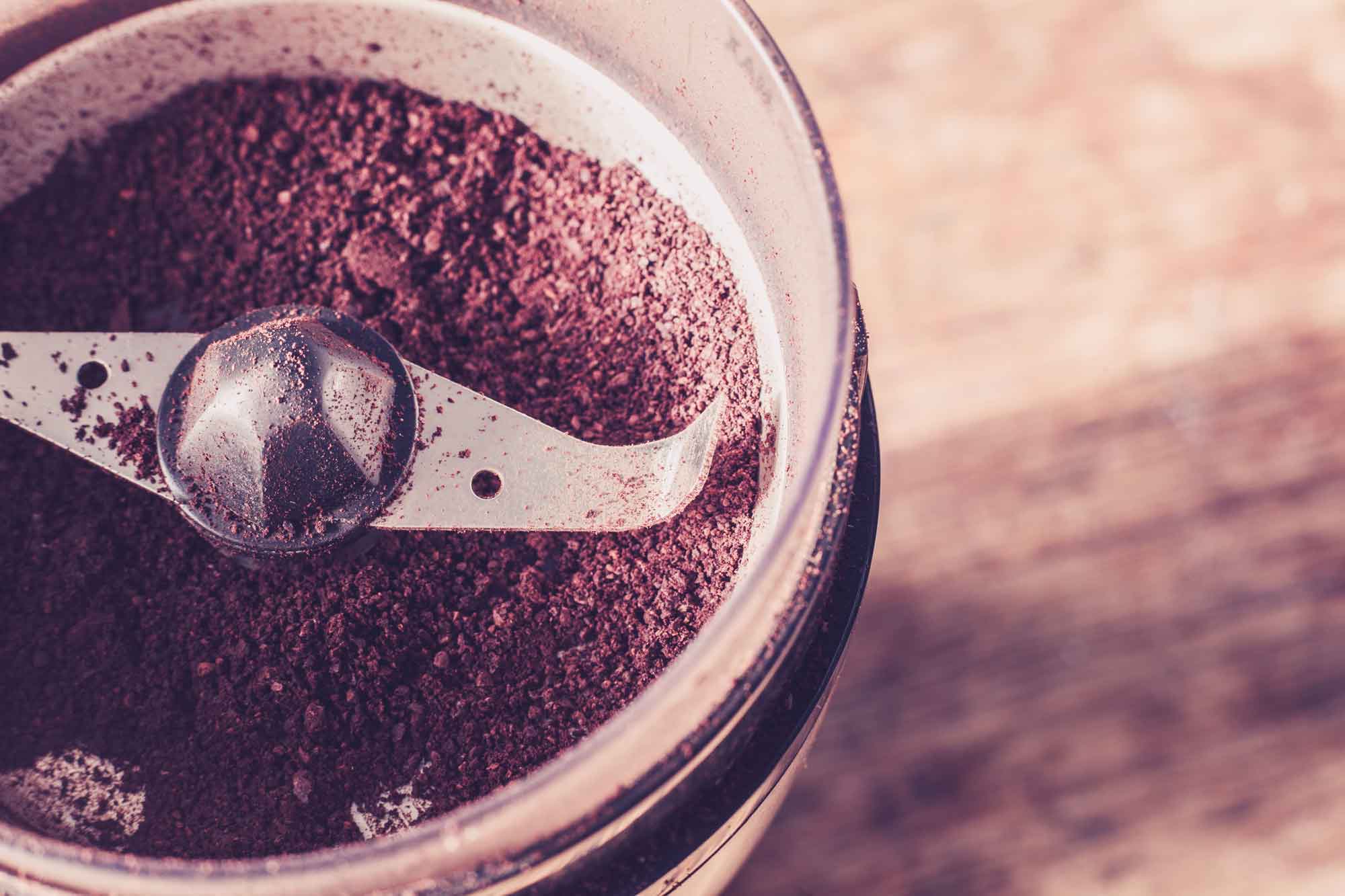
The reason a blade grinder is just about the worst option is because of how it works. The blade grinder has one or two blades that spin very fast — essentially chopping the beans. This chopping of the beans creates an uneven grind. Then during brewing your ground will not extract properly. Its kind of like trying to brew espresso with french press coarse grinds and at the same time mixing that brew with a french press using espresso grind. Its going to be messy and it wont taste right.
If youre a glutton for punishment.
If youre going to use the blade grinder anyway heres some tips.
To get the best coffee grind from a Blade grinder make sure to keep the grinder upright on the counter.
A common mistake is made in twisting and turn the grinder to assist in the grinding process. This actually makes the chopping of the beans by the grinder worse. Just make sure the grinder is level.
Follow our handy time-limit for grinding by brew method
- 20 seconds (finest) Turkish
- 16 seconds Fine Espresso
- 14 seconds Standard Espresso
- 12 seconds Cone Filter Drip
- 11 seconds (middle grind) Universal Drip
- 10 seconds Flat/Basket Filter Drip
- 9 seconds Percolator
- 8 seconds Stovetop Percolator
- 6 seconds (coarsest) French Press
The OK — Letting the pros do it for you.
A better option is to let the pros grind your coffee for you. Here at Camano Island Coffee Roasters we give all of our Club members the option to have their coffee ground by the experts. Just let us know how you plan to brew your coffee and we will give you the best coffee grind possible.
Why its only ok.
As soon as we grind your beans, they start to lose some of the amazing fresh taste. The beans in whole form hold in the oils and flavors better enabling your coffee to last longer. Receiving the beans in whole bean and grinding them correctly yourself will give you the best flavor possible! But if convenience is more important to you, then leaving the mess of grinding to us!
The Best Coffee Grind Option: Grinding with a Burr Grinder.
The very best coffee grind option is to grind your beans yourself with a burr grinder. A burr grinder contains two discs that essentially grind against each other. Its this motion of crushing and grinding that enables you to receive the most uniform grind possible.
Why its the absolute best coffee grind.
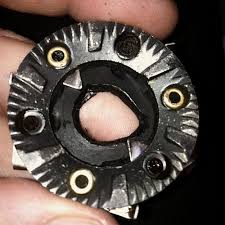
Your beans will be fresher, better tasting, and more versatile. Your beans will hold in their flavor for the longest possible time if they are stored whole. You will also get the best flavor extraction with a consistent and accurate coarseness for your grounds. Remember its the uneven grinding of a burr grinder that will mess up your flavor. Lastly, when you receive your beans as whole and grind them yourself with a burr grinder then you can choose different brewing methods with the same bag of beans. Want the strong, thick flavor of a french press in the morning? Want a more nuanced, smoother mouthfeel of a pourover in the afternoon? You can do both if you use a Burr grinder.
Below is a list of the standard grind settings by brew method — from finest to coarsest.
- Turkish
- Fine Espresso
- Standard Espresso
- Cone Filter Drip
- Universal Drip
- Flat/Basket Filter Drip
- Percolator
- Stovetop Percolator
- (coarsest) French Press
Youll notice that Turkish and then espresso is the most fine grind and the french press is the most coarse. Each brewing method requires a specific coarseness.
Here’s an example of Turkish grind.
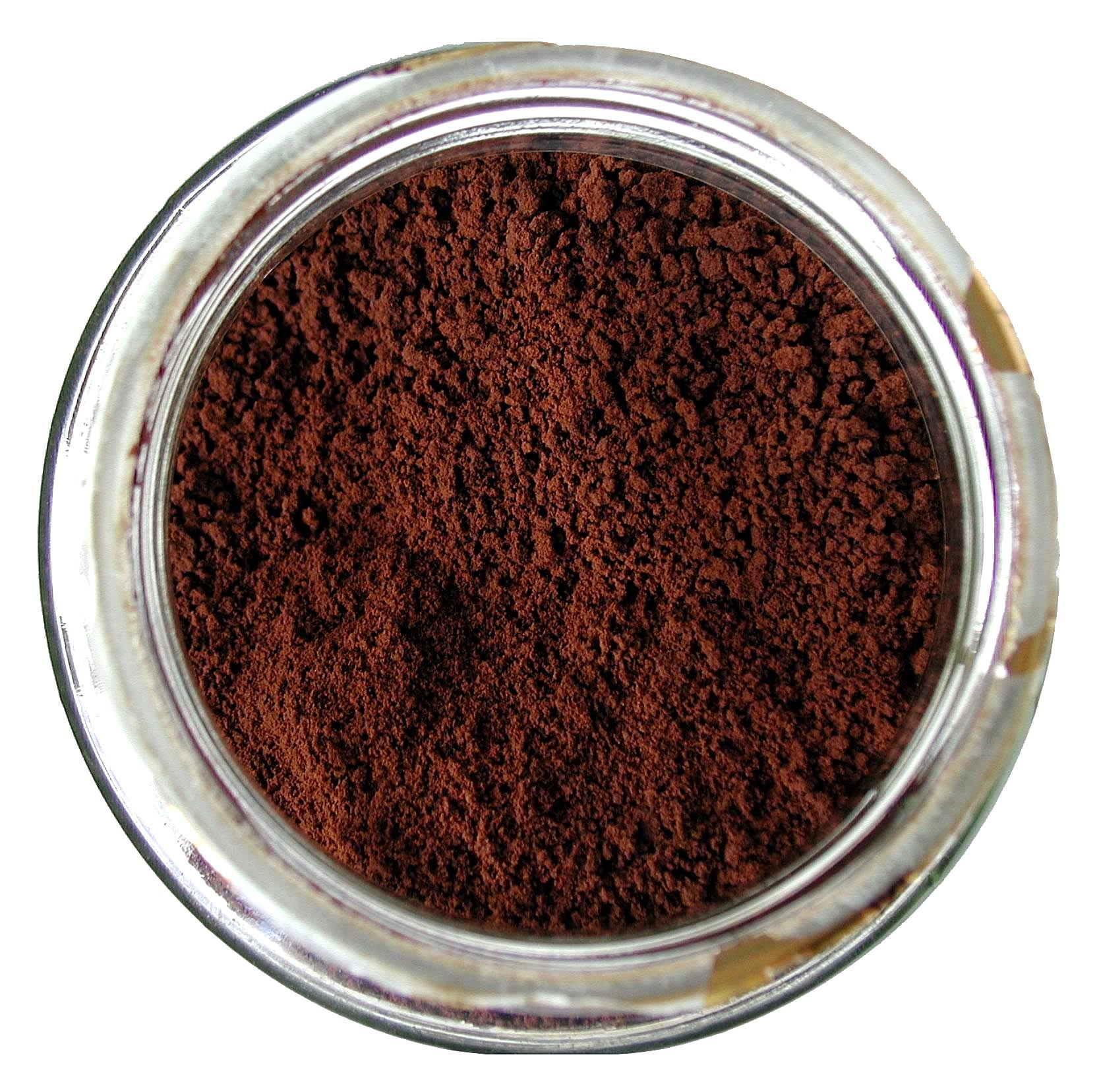
And here’s an example of French Press
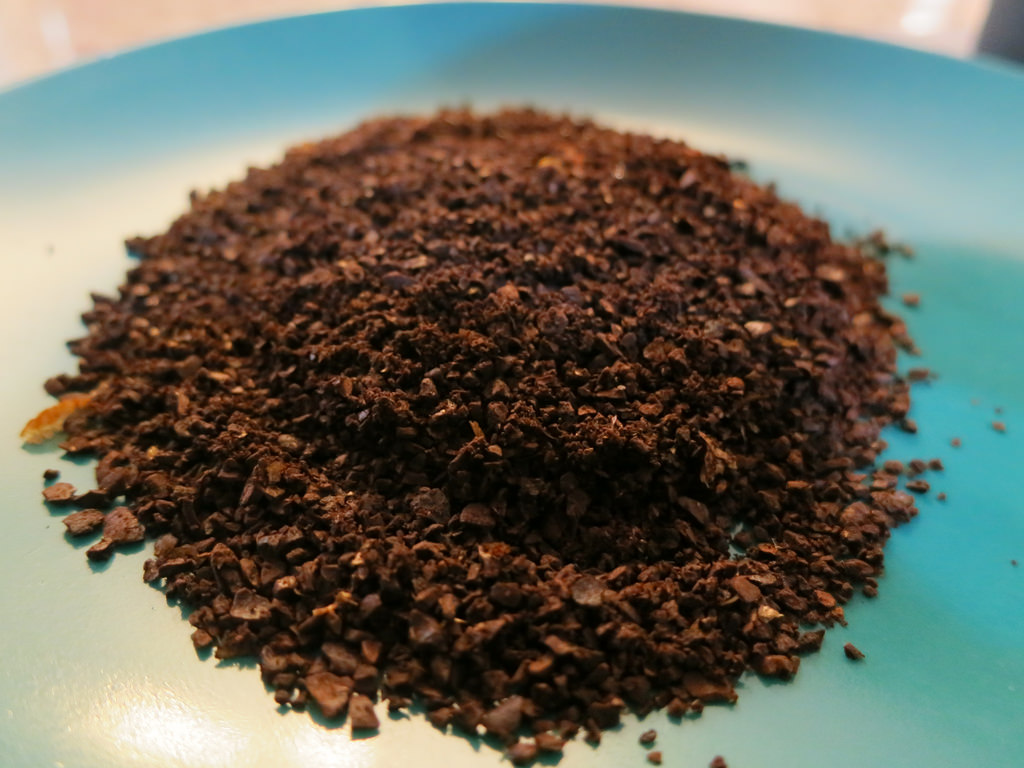
Now that youve seen The Good, The OK, and The Ugly of Coffee Grinding why dont you tell us what *ahem* how you grind your beans. Comment below!
**BONUS**
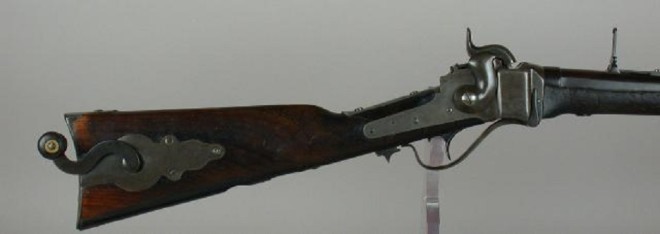
See more photos of a coffee grinder rifle from the Civil War
